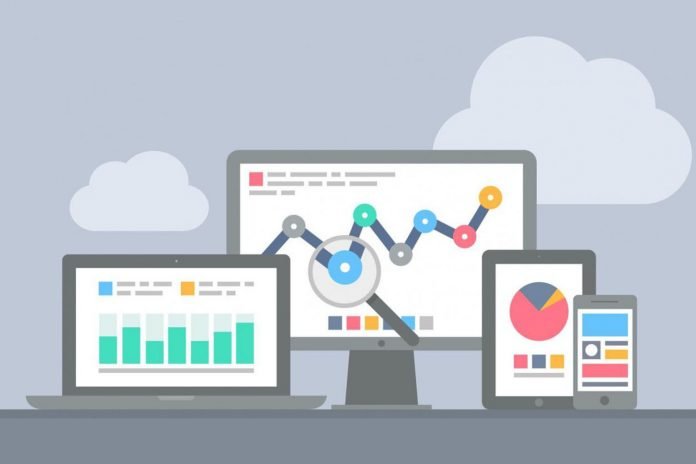What is an Infographic?
An infographic is a form of visual presentation that is chuck full of information, while using the element of design to simplify the way the information is expressed. The aim of an infographic is to present complex messages in a step by step process that makes it easier for the intended audience to digest. Infographics serve a different purpose than images within an article. While an image might often be used to supplement a written piece of content, the graphics of an infographic facilitate expression of a specific message.
This is now a popular and effective way of conveying a lot of information in digestible and more visually pleasing sections to keep the audience interested and engaged. In addition to this, the research used to create an infographic can also be used to produce related content in other formats, which in turn creates additional marketing opportunities and saves time in the process.
Infographics and SEO
The infographic is now a popular means to convey content for SEO purposes. Because of its customisation and ability to both grab and hold attention, audiences now value it more than the traditionally written piece of content. According to Hubspot, 40% of audiences respond better to visual information than plain text. This statement goes to prove that no matter how much written content you publish and how much research you conduct beforehand an infographic of the same standard would always get more attention because it is easier to digest and is 40 times more likely to get shared on social media.
SEMrush suggest that a well created infographic has the ability to make boring topics more interesting and easy to understand and in relation to SEO it has the potential to help spread brand awareness. It can prove to be an important communication tool for a company to tell their target audience more about their brand and to boost traffic to their website. Pictochart adds that, because of the times we live in, with all the technological advancements available to audiences, we’ve learned to skim written content for the key points and ignore everything else; or if the content is too confusing or too long then just leave the site and look for an alternative. Companies are now feeling the pressure to adapt to the changes in their audiences and the digital environment as a whole by creating content that increases online visibility and incorporates a smart ‘SEO-aware approach’.
Infographics and Links
Infographics are used effectively when they work along-side other SEO strategies, a masterfully-crafted infographic has the capacity to affect up to three of the four stepping stones of an SEO campaign; the Content, Social Signals and Backlinks. Moz describes infographics as a ‘great intersection between traditional marketing and manual link building’. The ultimate purpose of creating SEO content in the first place, is to generate valuable links from high authority websites and in terms of infographics this not any different.
The Next Web details a formula which if conducted properly could lead to more inbound links for your site; “Tell stories with infographics + Email Campaign + added value = inbound links. The first step in the formula is to ‘tell an interesting story with your infographic’: no matter what industry you’re in or what message you are trying to pass across to your target audience, if the infographic is not interesting enough, then you’ll surely lose your audience. In other words, your content needs to be able to hold their interest for as long as it takes them to get the message that you are trying to get across.
The next step in the process is to mount a vigorous email campaign. The Next Web go on to recommend a five-step guide to effectively conduct an email campaign. Firstly, commend the email recipient on their recent posts. The purpose of this is to put them in the right frame of mind to consider your proposal. The second step is to make sure that your infographic and the post you have commented on are related, there’s no point complementing the recipient on a furniture crafting blog post whilst trying to outreach an SEO services in Manchester infographic that you have just created. The next step is to introduce your infographic: tell them what it’s about, who it’s targeted at and the benefits of sharing it. The next step is to make your request ‘Would you be interested in posting our infographic on your site?’ and because nothing is for free in this world, the final step is to offer them something in return for adding value to your site. In most cases it’ll be a link back to their site from yours or the promise of publishing one of their guest post or just sharing one of their contents on your social media platform. If these steps are taken properly the result would be growing popularity for your site and increase engagement for your content.
Conclusion
So, to conclude, the popularity and use of infographics has grown and actually continues to grow due to marketers and content creators realising an infograph is a highly effective way to get your audience to engage with your content. The fact that an infograph is a visual representation of the information or data you’re focusing on and breaks it down into easy, digestible chunks means that they’re a highly popular form of content and there’s numerous advantages to a business that effectively uses an infographic to communicate with their audience.




